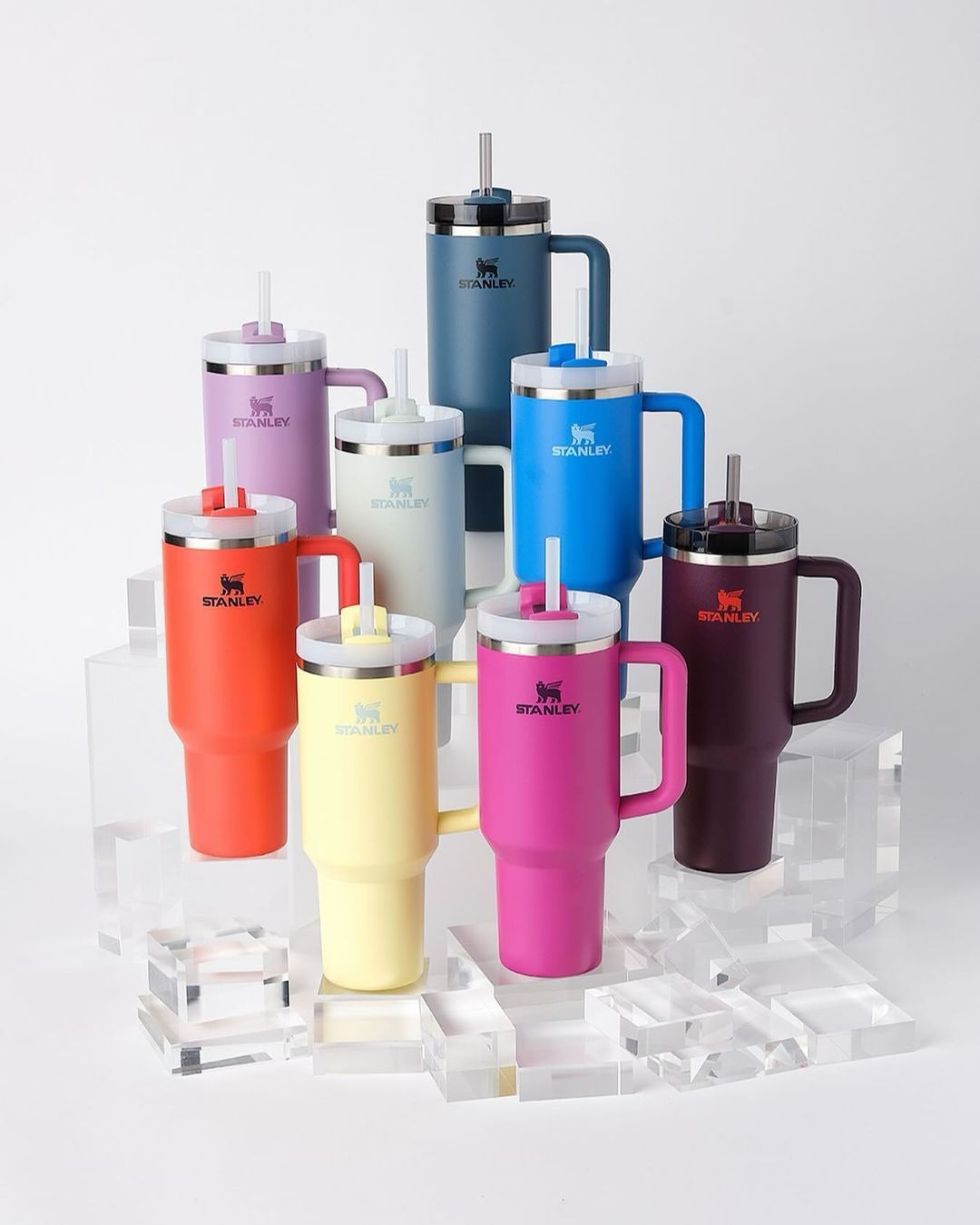
How drinking water turned into a trend So much for freedom of choice
Scientists predict that water will be the most precious commodity on Earth, eventually surpassing oil. Not only does only 3% of the world's water resources contain clean water, with two-thirds of this being inaccessible because it's stored in glaciers, but by 2025, approximately 1.8 billion people will live in countries or regions with "absolute" water scarcity. These alarming statistics inspired Adam McKay, the creator of Don’t Look Up, to depict a dark comedy about what could realistically be the future of the world: politicians who don't believe in science, irreversible damage to the planet, and all the ensuing problems. Considering that water will soon become a much-discussed topic in the context of crises, along with inflation, perhaps it's no surprise that it has become a trend in recent months. Expensive water bottles and scented capsules, clear ice (first made in 2009 by Camper English), and zero-calorie vitamin drinks inundate our feeds daily, anticipating what will become a true ostentation phenomenon within a year, much like with Birkin bags. Water will soon be the status symbol of the 1%, both for those who sell it and those who drink it, a commodity that should be free and accessible to all but, in a world in the final stage of capitalism, is advertised as a brand to identify with, sometimes even aspirational.
Several factors have transformed the marketing of water, one of which is the exclusive bars in international capitals. In New York, Bar Moga takes inspiration from Japanese architecture and menu, offering customers ice cubes from Mount Haku, nearly 10,000 kilometers away. Some cocktails require a specific shape of ice, but, as one can deduce from a couple of physics lessons, tap water has the same properties as water from any Japanese mountain. As Camper English, the inventor of "clear ice," tells The Guardian, only the social quality changes - after all, no one would think to watch a TikTok video on making ice cubes with tap water.
@jennaa.kathryn Strawberry Poundcake Watertok Recipe! #watertiktok #watertok #waterrecipe #waterrecipes #hydrationstation #hydrationtips #hydrationgoals #toranisugarfreesyrup #toranisyrups #watertime #watergoals #hydrationation #drinkwater #drinktok #waterrecipeoftheday #wateroftheday Lucky Girl - Carlina
In their own way, the Stanley Cup follows the same social reasoning as transparent ice and water imported from Mount Haku used by Bar Moga mixologists. The oversized aluminum bottles, brought back into fashion thanks to a winning marketing strategy by Terrence Reilly, former chief marketing officer of Crocs, have leveraged TikTok to regain lost fame. Now the Holy Grail of teenagers wanting to embrace the Clean Girl aesthetic, the Stanley Cup has multiplied the company's growth tenfold in the last four years, becoming an intergenerational icon of the #WaterTok community. Just as Instagram witnessed the rise of fashion influencers, with various fit checks and ootd, TikTok now sees the popularity of formats like “Water of the day”, recipes involving crushed ice, powders, colorful syrups, and water (poured from a plastic bottle), poured strictly into the largest Stanley Cup ever seen. They're called Unicorn Water, Birthday Cake Water, and Salted Caramel Apple Water, concoctions rich in artificial substances and low in nutrients.
Six years have passed since the launch of Evian water in collaboration with Chiara Ferragni, eight since it was fashionable to post Fiji bottles on your Instagram feed and VSCO. Since then, the world has seen the carton packaging of AquaPax, the epic Hydro Flask used by Emma Chamberlain's followers, the perfect minerals for gym bros from blk, and the three-liter jugs with motivational phrases - “Drink More,” “Mind Your Goal,” “No Excuses”. If today the Evian bottle with The Blonde Salad graphics is selling for 1,500 euros on acquedilusso.com and there are water tasting events attended by real sommeliers, it's because some marketing genius has managed to turn a necessity, soon to be a rare resource, into a branded luxury item. With the paradox of choice, capitalism has made us believe in the artificial freedom to drink the type of water that represents us the most. Today, do you feel like a Clean Girl who spends her days smoothing out wrinkles with a gua sha and sipping from a confetti pink Stanley Cup, or just an ordinary individual pouring a glass of water from the tap at home?












































